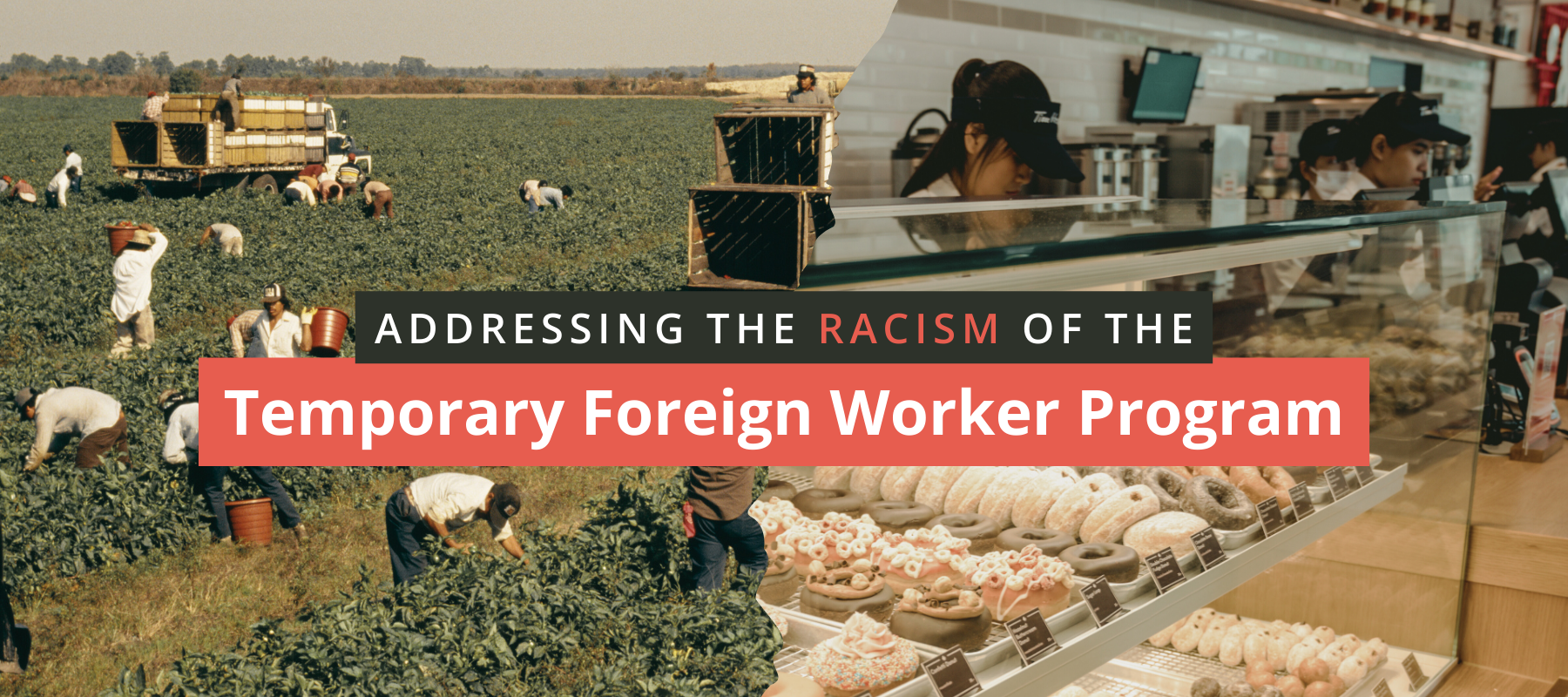Concerns about federal wage subsidy program remain as details emerge

The federal government announced new details yesterday regarding the Canadian Emergency Wage Subsidy (CEWS) that will flow to employers facing significant revenue declines amid the COVID-19 crisis. CEWS applies to businesses, non-profits and charities of all sizes (including large, highly-profitable corporations) if they are facing a decline in revenue of at least 30 per cent compared to this time last year. The program will cover 75 per cent of the wages of their workers if they are kept on payroll (capped at a maximum subsidy of $847 per week per worker).
The previously announced 10 per cent wage subsidy for small businesses, non-profits and charities will still be available to those employers if they’re not eligible for the much more generous CEWS (e.g., have a smaller revenue decline).
The concept of helping to maintain employment and protect the incomes of Canadians is a good one, and CEWS is similar to wage subsidy programs being deployed in many other countries. But this program, which represents a massive $71 billion outlay to employers with relatively few conditions, also raises some significant concerns.
Economist Toby Sanger urged the government to address key concerns on CCPA’s national blog earlier this week, but the details released by the federal government yesterday leave these issues largely unresolved. There remains an urgent need to impose stricter conditions on employers receiving these funds.
Consider some of the key outstanding concerns and questions about the wage subsidy program:
- There is no requirement for employers receiving the 75 per cent wage subsidy to pay the remaining 25 per cent of workers’ wages, but the government is encouraging employers to pay out this remaining portion of wages if they can. In the absence of clear-cut rules, employers may take this as an opportunity to impose pay cuts on workers now and even keep those cuts in place after the crisis abates. Government should amend the program’s conditions to strongly and clearly protect against this type of behaviour.
- As another condition of receiving this aid, strict restrictions should also be imposed on executive pay and bonuses, stock buybacks, and dividend payouts. Indeed, a maximum salary for CEOs could be imposed at a level of ten times the CEWS limit of $58,700, for example (limiting executive pay to $587,000, which is perhaps still too generous).
- No company should be permitted to profit from these public funds, but as currently set
out, large and profitable corporations facing temporary revenue declines may be able to do just that, if careful conditions aren’t put in place. As just one example, Toby Sanger points out, this could seemingly include Canada’s massively profitable big banks receiving the subsidy because their revenues temporarily decline as they defer some mortgage payments (even though they’ll still ultimately be paid this revenue later in the year). One measure to avoid this type of scenario would be to impose a steep tax on any corporate profits booked by companies receiving CEWS funds (as well as a broader wartime-style excess profits tax). - As Toby argues in his analysis, it’s crucial that the program be accompanied by strong transparency requirements: details of the funding dispersed to employers must be made publicly available; companies must in turn provide detailed information on their payrolls; and there should be no funding to numbered companies or those that use tax havens.
- While the Prime Minister has promised “serious consequences” for any employers caught abusing the program, strict conditions and consequences need to be set out clearly.
- The wage subsidy program also keeps employers in the driver seat, in control of whether workers are kept in their jobs or are laid off and eligible for the Canada Emergency Response Benefit (CERB) that applies to unemployed workers. In some cases, this could mean low-wage workers staying at work with reduced pay (and possibly exposed to health risks), where they might have otherwise been covered by the CERB benefit.
- For small businesses, non-profits, and charities the expected six-week delay until CEWS funds started allowing could be devastating, and as my colleague Shannon Daub argues, non-profits and charities should be immediately eligible for the program rather than having to be thrown into a funding crisis first. More must be done immediately to help provide bridge financing for this particularly vulnerable set of employers. The previously announced $40,000 interest-free loans for these employers won’t be adequate to cover 6 weeks of operating expenses for many employers and might not prevent many layoffs.
These are just a few of the concerns that need to be addressed as the government prepares to disperse an enormous amount of money to Canadian businesses over the next few months. No doubt we are in a time where it’s important to move quickly to protect workers’ incomes and jobs, and it’s inevitable that some mistakes will be made as governments develop massive new policies from scratch at a rapid pace. However, at an estimated $71 billion CEWS is “the largest economic program in Canada’s history,” according to the Finance Minister (notably, this expenditure is nearly three times as large as on the CERB benefit for the unemployed). Stricter conditions are needed to ensure that corporations cannot use these enormous public funds to pad their profits, and that public dollars flow to meet the urgent needs of this moment.
Topics: COVID-19, Economy, Employment & labour, Transparency & accountability

